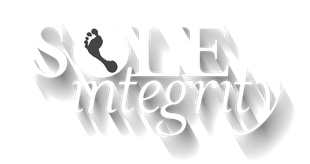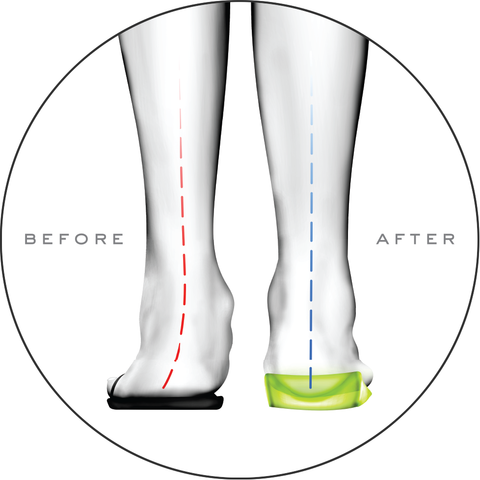What are Orthotic Insoles and why should you use them?
Orthotic Insoles are:
- Orthotic insoles are scientifically designed, padded and moulded shoe inserts that go inside your favourite shoes to improve mobility, comfort and health.
- These special shoe inserts improve foot pain and reduce exhaustion in the feet and legs as well as pain in your knees, hips, and back.
- Orthotics inserts are helpful because they cushion your feet and provide shock absorption, spreading the pressure evenly around your feet, and making sure that they hit the ground at the right angle.
- Certain Orthotic insoles are even able to provide arch support, improve over pronation and be used to correct the way we stand and walk.
- Orthotics can be used to treat Plantar Fasciitis and other painful foot and postural conditions.
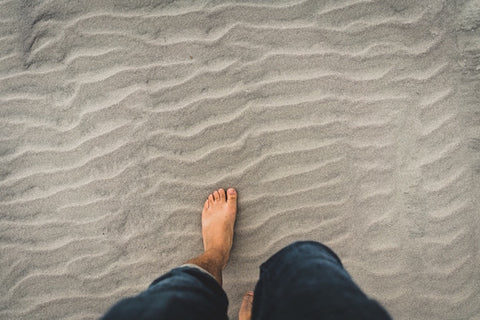
Why should you use them?
Feet were designed to walk on soft, natural elements like soil and sand, not the hard, flat man-made surfaces that make up so much of our modern world. Orthotics insoles hug your arches like a natural footprint, giving you all-day support, essential stability and help support your bodies natural alignment from the ground up. Even the slightest deviation in your feet when walking on hard surfaces all day can lead to knock on effects that go right up your body which is why most people could benefit from using orthotic insoles. Being properly aligned is important for everyone and isn’t something that you will only need once you are older. People of all ages need to have proper foot alignment. Insoles can help with younger individuals who may be interested in particular shoe brands and this way they can wear many types of shoes while still being protected by the orthotic inserts. The good news is if inserts don’t work for you, then these days there are plenty of wonderful and fashionable orthopedic shoes available too.
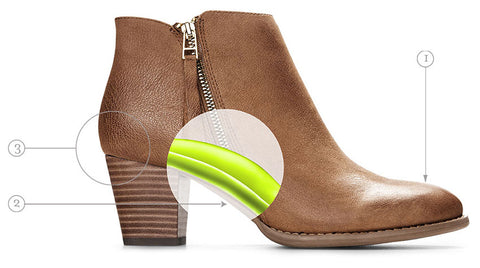
We all can benefit from wearing orthotic insoles because none of us have proper alignment suitable to the demands of the modern world, activities and environments. You may only need mild changes to your feet, which is provided by orthopedic insoles or you may need something specific. If this is the case, you can get custom orthotics made easily though they are usually fairly costly. Whatever the case may be with your feet, insoles help to keep pain at bay. Once you begin using insoles you will find you begin to enjoy longer walks and activities such as shopping and hiking without the pain you previously associated with these activities.
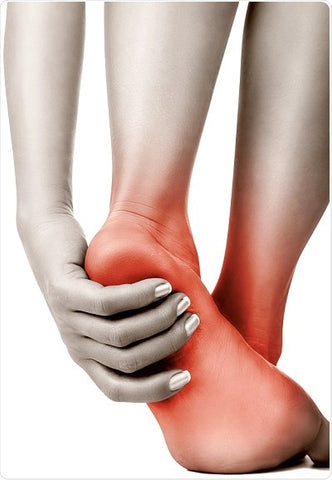
If you have regular foot pain or find that walking long distances begins to hurt your knees and hips, you are a great candidate for buying orthotic insoles. Purchasing insoles can help you wear the shoes you love while making sure you are no longer in any pain from walking. The shins, knees, and back are just some of the body parts that can be adversely affected by improper posture or gait, and some people can be at additional risk of injury and pain from this.
Higher Risk Persons who would greatly benefit from orthotic inserts as prevention and / or treatment.
- People who are on their feet all day: Factory workers, nurses, teachers, people in retail and many other industries are required to stand on their feet for hours each day. Hard, unforgiving surfaces like concrete and asphalt take their toll after prolonged standing even for young and healthy people! Most common complaints are tired, aching feet and legs as well as low back pain.
- Over 50: As we get older, the muscles and ligaments in the foot become weaker, as do the bones due to calcium reduction. In addition, the fatty padding under the foot thins out, which means less protection and cushioning for the bones, in particular the heel bone. Fallen arches combined with thinning fat tissue are a recipe for foot problems. Heel spurs are the most common foot complaints for those over 50.
- High-heel wearers: Common symptoms occurring from wearing high heels are pain in the back of the legs (and shortening of the calf muscles over the long term), ball of foot pain, pain under the arch and the heel.
- Runners & athletes: Because athletes put so much strain on their muscles and bones and ground reaction forces are much higher (up to 4 times the body weight), biomechanical injuries are more the rule than the exception. Orthotics play a major role in preventing sports injuries such as Achilles Tendonitis, shin splints and problems in and around the knee joint. Plus, running pain-free enables any athlete to perform better!
- Pregnant or overweight people: Excess weight worsens the effects of excess pronation and its related pains. Proper alignment and support are crucial for those carrying additional weight, which creates additional forces on the feet, ankles, knees and back.
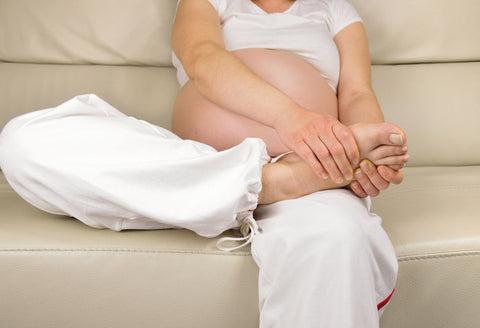
Is this you?
- Suffers heel pain
- Complains of common aches and pains in their feet and legs
- Currently wears low quality, old or worn orthotics
- Has flat feet or collapsed arches
- Looking for great arch support
- On their feet all day or spends time on hard, flat ground like tile and wooden floors. (Like most of us do these days!)
- Excessive Pronation (Ailments associated with excessive pronation; Heel pain, ball of foot pain, shin pain, aching legs, knee pain, back pain, Bunions, flat feet/fallen arches, plantar fasciitis, tendonitis, heel spurs)
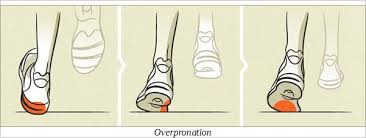
If you have experienced one or all of the above then orthotic inserts can be a great aid. Shop our range here or check out our Orthotic Friendly Shoes or even shoes with Inbuilt Orthotic Support.
Types of Orthotic Insoles available from our store:
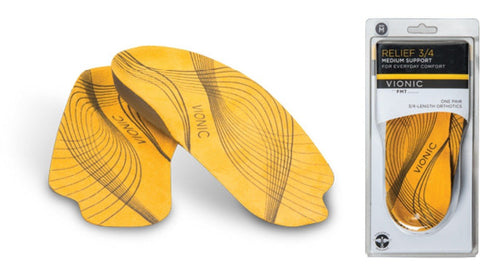
- Full-Length & 3/4-Length
- EVA orthotic with Tri-Planar Motion Control technology.
- 4-degree rear-foot wedge to provide support and control.
-
Contoured around the heel and arch areas to achieve complete
foot contact. - Cushioned shock dot in the heel for added shock absorption.
- Full-length can be trimmed in forefoot if necessary.
- 3/4 length is best for shoes without removable insoles.
- Full length is best for shoes with removable insoles.

-
EVA orthotic with reinforced, hardened plastic (TPU) shell for added
motion control and stability. - Can be trimmed in forefoot if necessary.
- Rear-foot wedge to provide support and control.
-
Contoured around the heel and arch areas to achieve complete
foot contact. - Best for fitness or athletic shoes.
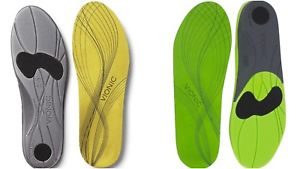
Image credits to Vionic Shoes
